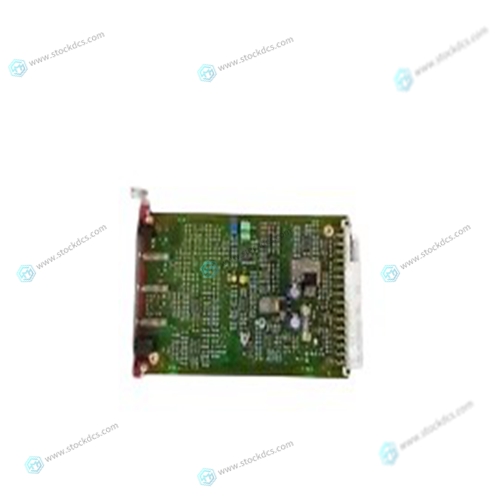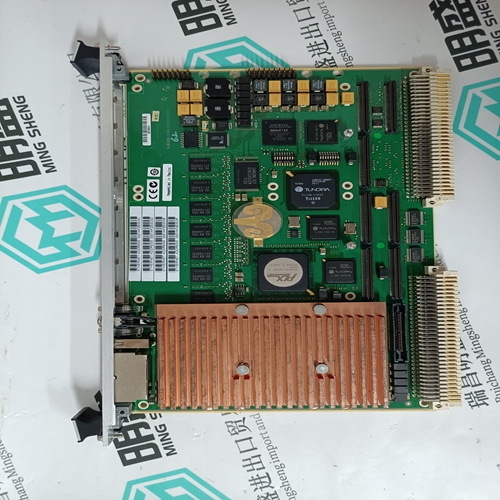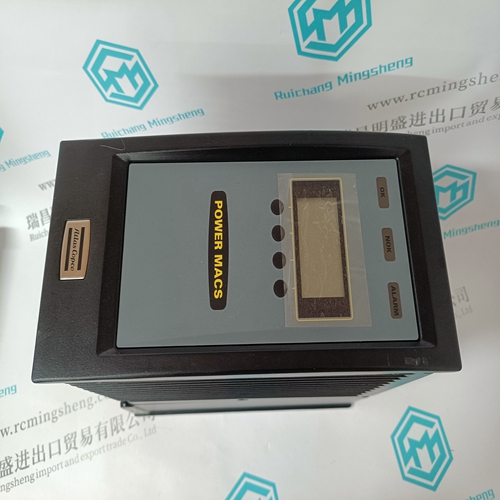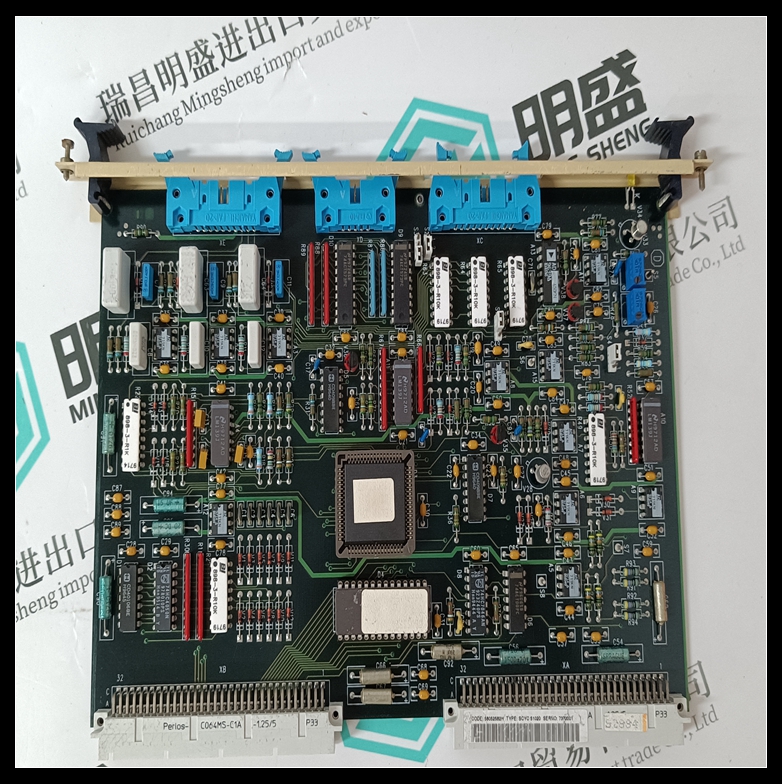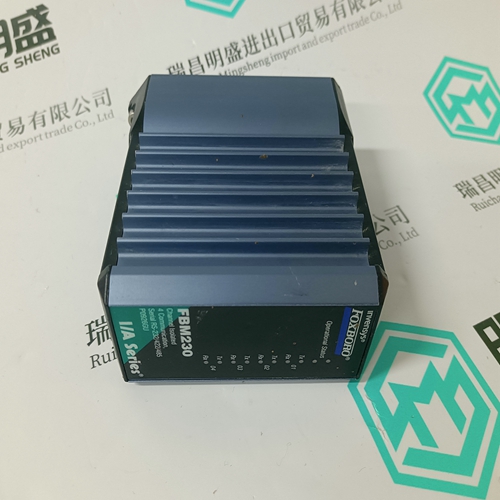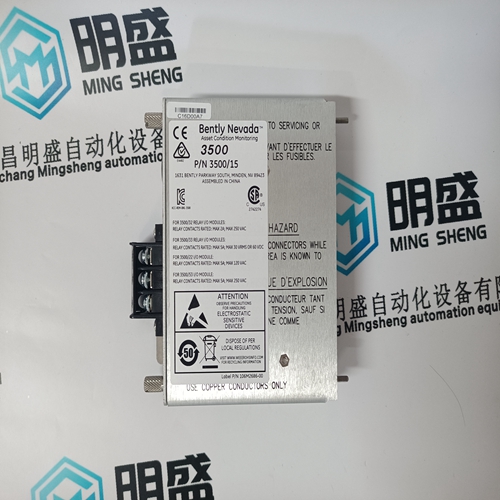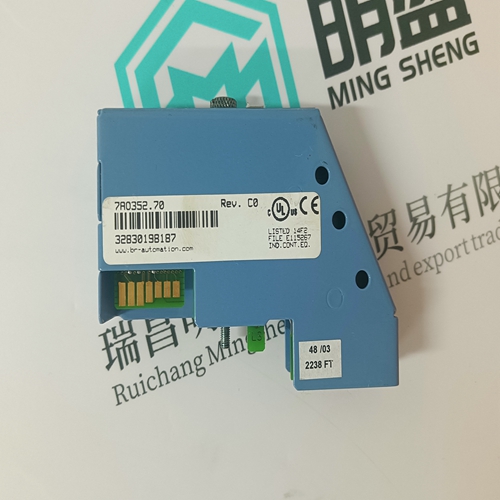Home > Product > Servo control system > REXROTH VT-VSPA1-1-11 Analog quantity counting card
REXROTH VT-VSPA1-1-11 Analog quantity counting card
- Product ID: VT-VSPA1-1-11
- Brand: REXROTH
- Place of origin: The United States
- Goods status: new/used
- Delivery date: stock
- The quality assurance period: 365 days
- Phone/WhatsApp/WeChat:+86 15270269218
- Email:stodcdcs@gmail.com
- Tags:REXROTHVT-VSPA1-1-11Analog quantity counting card
- Get the latest price:Click to consult
REXROTH VT-VSPA1-1-11 Analog quantity counting card
The EIA-232-D standard defines the electrical and mechanical aspects of this serial interface. The interface employs unbalanced (single-ended) signaling and is generally used with DB25 connectors, although other connector styles (e.g., DB9 and RJ45) are sometimes used as well. Table A-1 lists the standard EIA-232-D interconnections. Not all pins listed in the table are necessary in every application. To interpret the information correctly, remember that the EIA-232-D serial interface was developed to connect a terminal to a modem. Serial data leaves the sending device on a Transmit Data (TxD) line and arrives at the receiving device on a Receive Data (RxD) line. When computing equipment is interconnected without modems, one of the units must be configured as a terminal (data terminal equipment: DTE) and the other as a modem (data circuit-terminating equipment: DCE). Since computers are normally configured to work with terminals, they are said to be configured as a modem in most cases.
Interface Characteristics
The EIA-232-D interface standard specifies all parameters for serial binary data interchange between DTE and DCE devices using unbalanced lines. EIA232-D transmitter and receiver parameters applicable to the MVME162 are listed in Tables A-2 and A-3.1. A high EIA-232-D signal level is +3 to +15 volts. A low level is -3 to -15 volts. Connecting units in parallel may produce outof-range voltages and is contrary to specifications. 2. The EIA-232-D interface is intended to connect a terminal to a modem. When computers are connected without modems, one computer must be configured as a modem and the other as a terminal.
EIA-530 Connections
The EIA-530 interface complements the EIA-232-D interface in function. The EIA-530 standard defines the mechanical aspects of this interface, which is used for transmission of serial binary data, both synchronous and asynchronous. It is adaptable to balanced (double-ended) as well as unbalanced (single-ended) signaling and offers the possibility of higher data rates than EIA-232-D with the same DB25 connector. Table A-4 lists the EIA-530 interconnections that are available at serial port B (SERIAL PORT 2 on the front panel) when the port is configured via serial interface modules as an EIA-530 DCE or DTE port.







Professional seller
Professional sales of major electrical brand products in the world
Overseas direct purchase of products, authentic inventory, price concessions
After sales warranty, complete models, same products, different prices and services
